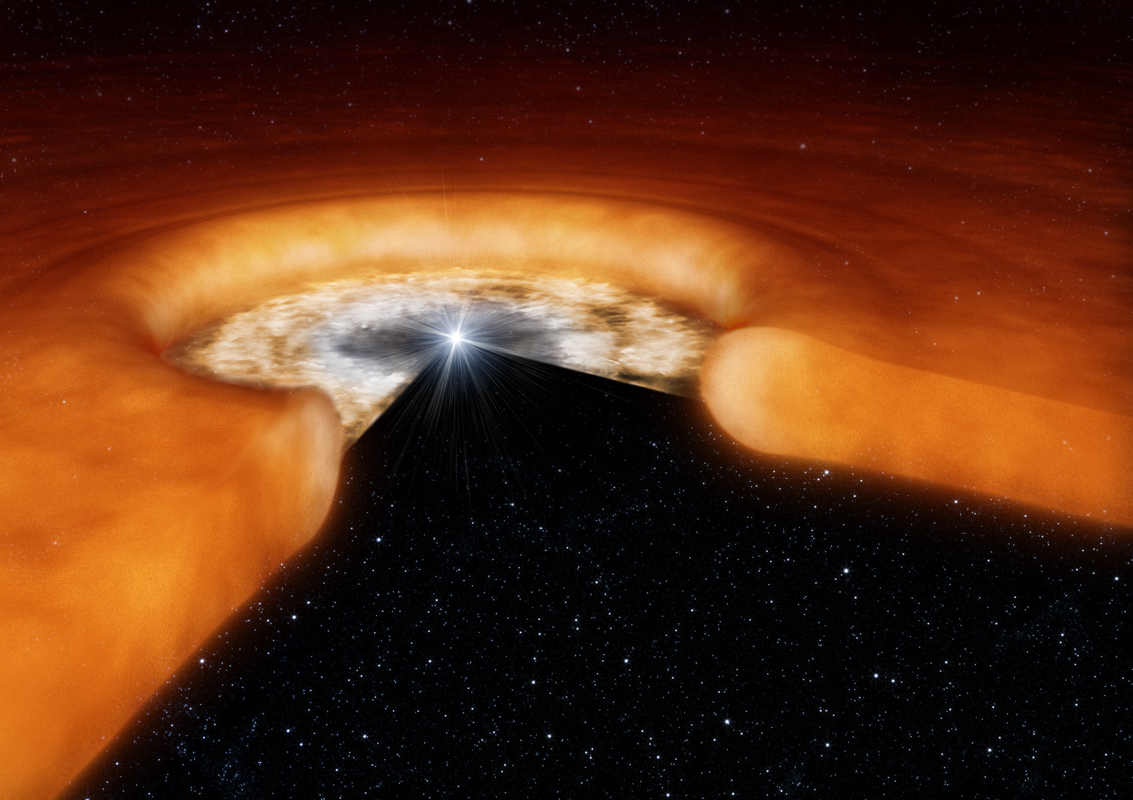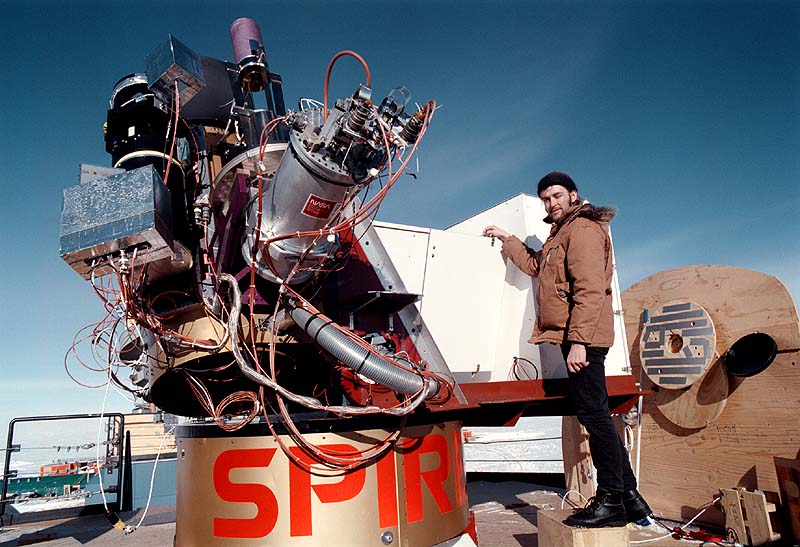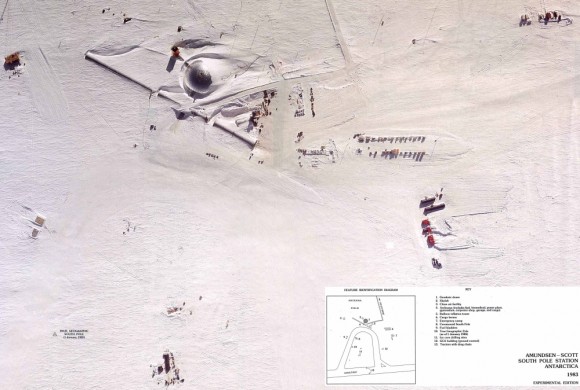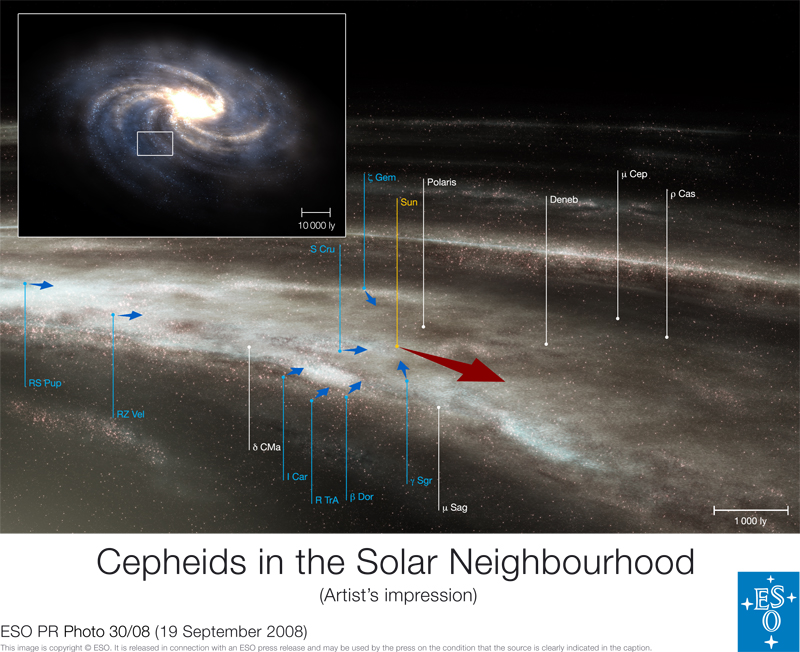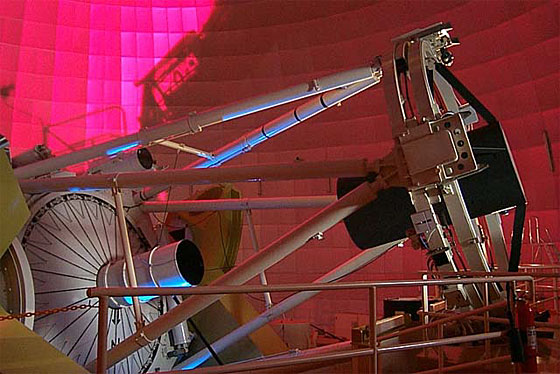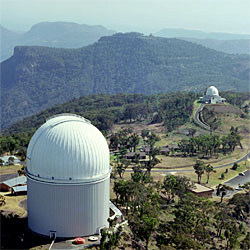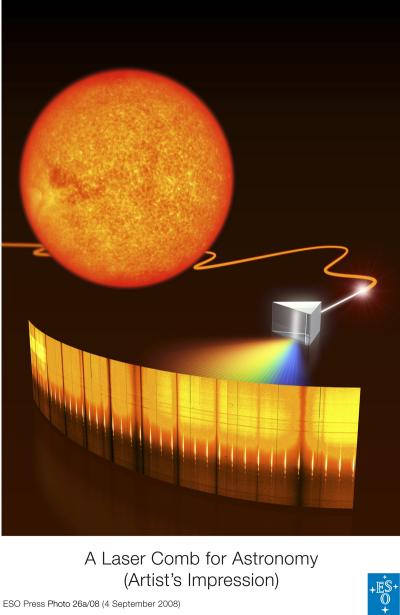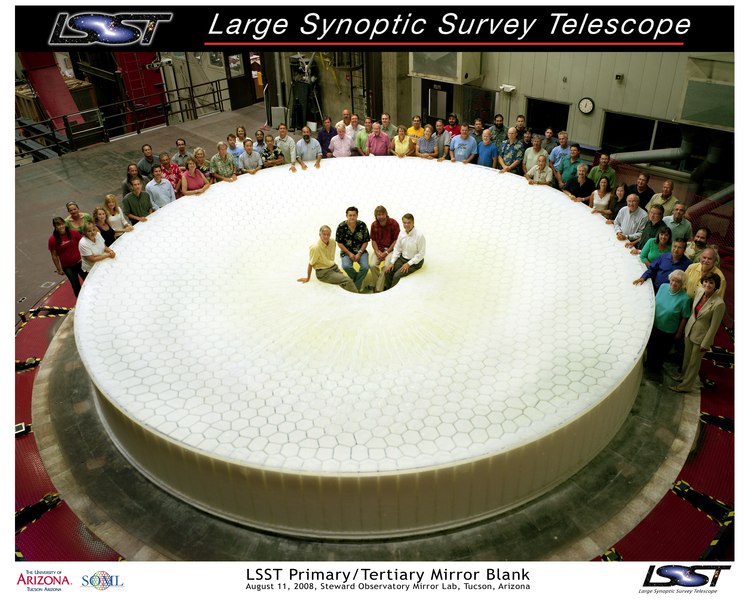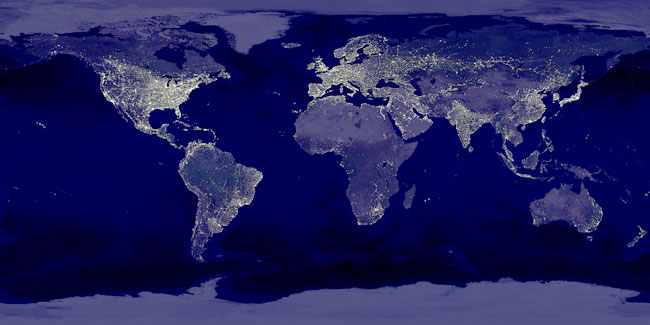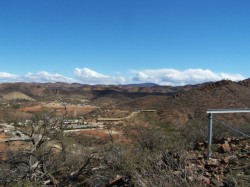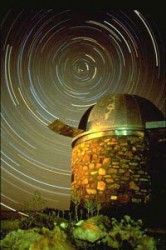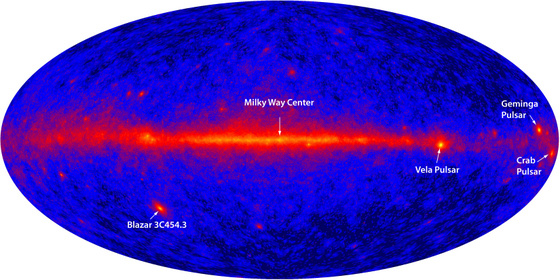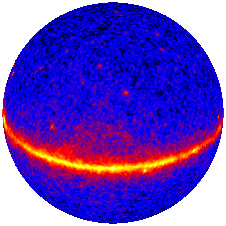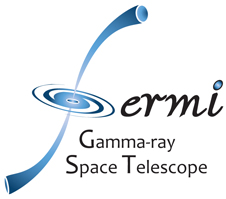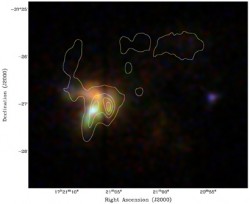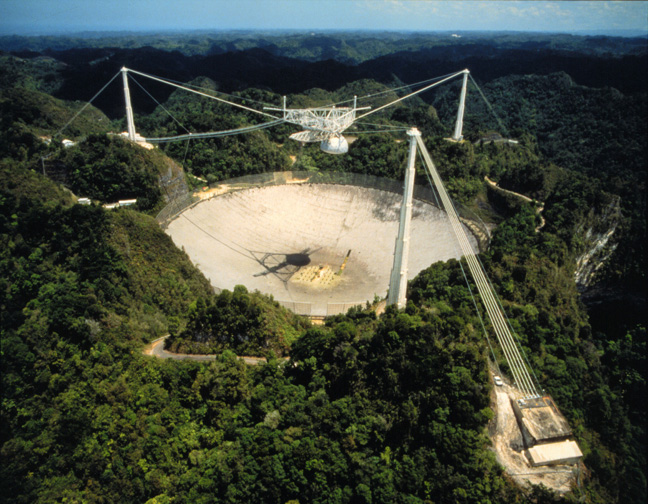[/caption]
Understanding how stars form is critical to astronomers. If we can gain a better understanding of how intermediate-size infant stars grow, we can begin to answer some of the most perplexing questions hanging over the evolution of our own Solar System. Unfortunately, the nearest star forming regions are about 500 light years away, meaning that astronomers cannot simply use traditional optical telescopes to peer into star-forming disks of gas and dust. So, researchers working with the European Southern Observatory (ESO) are combining high resolution spectroscopic and interferometry observations to give the most detailed view yet of infant stars eating away at their proto-planetary disk, blasting out violent stellar winds as they do so…
It sounds like baby stars are very much like their human counterparts. They need a conveyor belt of food supplying their development and they blast huge amounts of waste back out in the form of gas. These findings come from researchers using the ESO’s Very Large Telescope Interferometer (VLTI), giving us milli-arcsecond resolution when focusing on these star-forming regions. The detail this provides is equivalent to studying the period (‘full stop’ as I prefer to call it) at the end of this sentence at a distance of 50 km (31 miles).
This high resolution is achieved by combining the light from two or more telescopes separated by a certain distance. This distance is known as the “baseline,” and interferometers such as the VLTI have a large baseline (of up to 200 metres), simulating a telescope diameter equivalent to this distance. However, the VLTI now has another trick up its sleeve. The AMBER spectrometer can be used in conjunction with the interferometer observations to give a more complete view of these feeding stars, probing deep into the spectrum of light being emitted from the region.
“So far interferometry has mostly been used to probe the dust that closely surrounds young stars. But dust is only one percent of the total mass of the discs. Their main component is gas, and its distribution may define the final architecture of planetary systems that are still forming.” – Eric Tatulli, co-leader of the VLTI international collaboration from Grenoble, France.
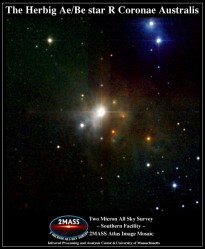
Until now, astronomers have not been able to detect gas emission from young stars feeding on their stellar disks, thereby keeping the physical processes acting close to the star a mystery.
“Astronomers had very different ideas about the physical processes that have been traced by the gas. By combining spectroscopy and interferometry, the VLTI has given us the opportunity to distinguish between the physical mechanisms responsible for the observed gas emission,” says co-leader Stefan Kraus from Bonn in Germany. In two of the Herbig Ae/Be stars, there is evidence for a large quantity of dust falling into them, thereby increasing their masses. In four cases, there is evidence for a strong stellar wind, forming an extended stellar gas outflow.
The VLTI observations also reveal dust from the surrounding disk is much closer than one would expect. Usually there is a cut-off distance for dust location as the stars heat will cause it to vaporize. However, it would appear in one case that gas between the star and dusty disk shields the dust from evaporating; the gas acts as a radiation-block, allowing the dust to extend closer to the star.
“Future observations using VLTI spectro-interferometry will allow us to determine both the spatial distribution and motion of the gas, and might reveal whether the observed line emission is caused by a jet launched from the disc or by a stellar wind“, Kraus added.
These phenomenal observations of star-forming dust disks and gas emission, 500 light years away, open up a new kind of high-resolution astronomy. This will help us understand how our Sun fed off its surrounding disk of dust, eventually forming the planets and, ultimately, how life on Earth was possible…
Source: ESO

